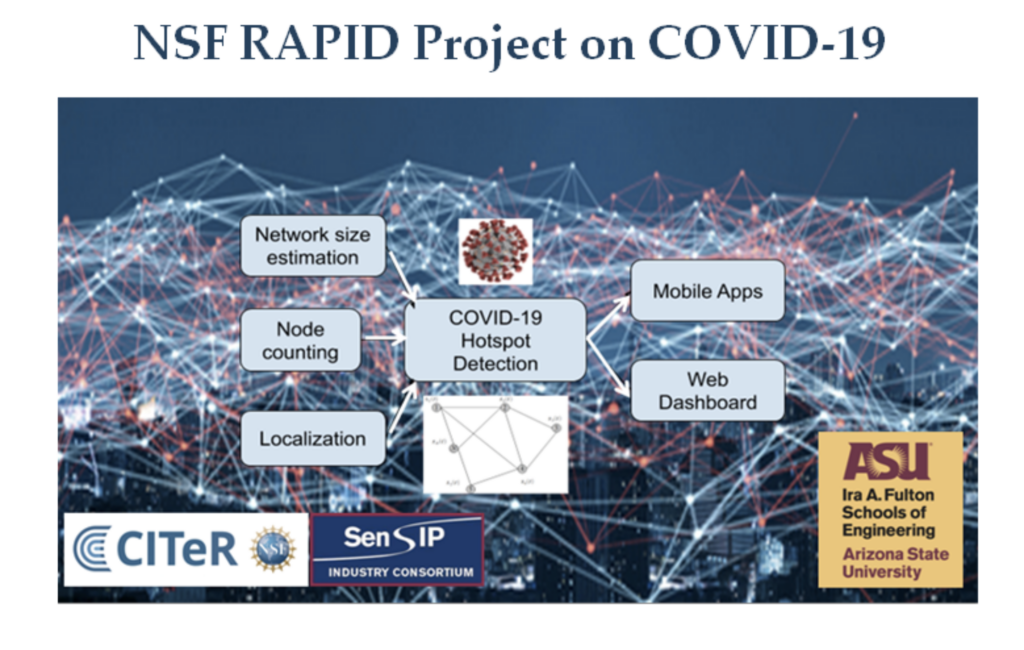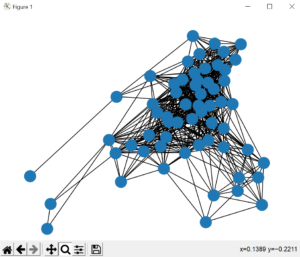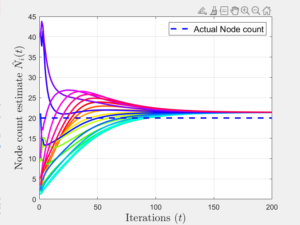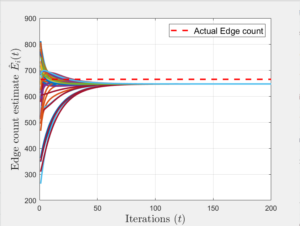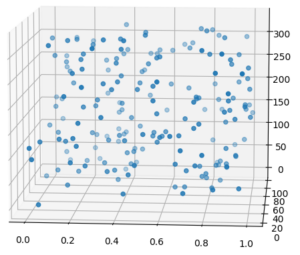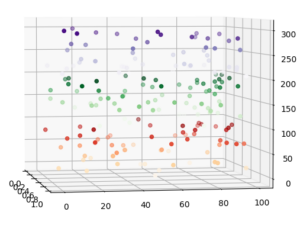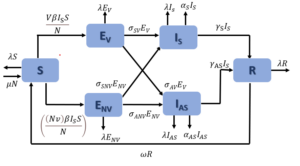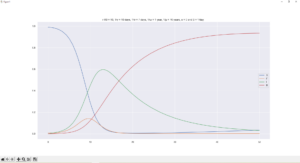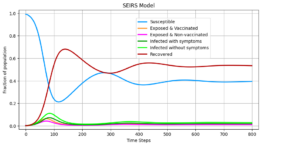RAPID: Collaborative Research: Covid-19 Hotspot Network Size and Node Counting using Consensus Estimation
This project is funded by NSF award 2032114
In order to open up the economy in light of the reality of COVID-19, a suite of solutions is needed to minimize the spread of COVID-19 which includes providing tools for businesses to minimize the risk for their employees and customers. It is important to detect transmission hotspots where the contact between infected and uninfected persons is higher than average. This project will provide information to assess precisely the size, density, and locations of COVID-19 hotspots and enable issuing well-informed advisories based on data-driven continuous risk assessment. Every step will be taken to ensure privacy and network security and specific algorithms will be developed for secure access and information transfer. The project will access databases at CDC, Johns Hopkins, and the WHO, and create a comprehensive website to disseminate real-time localized COVID-19 hotspot data while maintaining privacy. The project will create new algorithms and embed them in iOS and Android apps that will continuously interact with databases. The software for mobile devices as well as central hubs will be made publicly available through APIs for use by the broader community.
The project will use advanced consensus-based methods for estimating network area/size, node locations and node counts in a network based on minimal transmit-receive data. The proposed methods will lead to significant improvements compared to existing algorithms. The project will design consensus-based algorithms to estimate (a) the center, radius, and consequently, the size of the network, and (b) the number of users in the network. Localization algorithms will be designed that work with noisy and incomplete data. The proposed work is different from the contact-tracing technology used by Google and Apple which is limited to newer devices. The proposed algorithms and software will advance the state of the art while retaining compatibility with emerging and existing mobile technology. The project will help reduce COVID-19 infections and save lives. The research will also have applicability to other fields such as the E911 system, indoor user tracking, infrastructure-free implementations applicable to robotics, autonomous systems, and vehicle fleets, and location-aware patient care and other mobile health applications. The developed algorithms can be used in other emergency situations, such as locating clusters of sheltering groups in the case of earthquakes and tsunamis, to assist first responders in finding survivors after an event, and for detecting transmission nodes in the case of future pandemics or future waves of COVID-19. Outreach activities will be integrated with the research and include the creation of software and web content for dissemination.
Article on SenSIP COVID-19 RAPID : https://fullcircle.asu.edu/research/keeping-our-communities-safe-one-smartphone-app-at-a-time/
Asilomar Paper 2023 – Asilomar_Conference_Abstract
You can learn more about the project in the following video that shows a simulation:
Phase – 1
In the first phase, we work on network creation, clustering, and estimating nodes and edges in the given network, as shown in the below figures.
Phase – 2
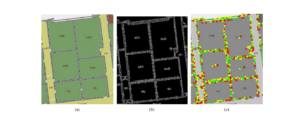
a) Floor map of indoor environment for network estimation, b) Floor map after passing through the Canny Edge Detector. c) De-houghing the Hough Space to reconstruct walls of indoor environment.
Phase – 3
We worked on SEIR models to study and predict COVID confirm and recover/death cases. We use this data as a input of SEIR model (Susceptible →Exposed → Infectious → Removed). Basically, SEIR model is used to predict covid infections based on different parameters like people movement, number of active cases, population density etc. After feeding this information and with the help of constants we can estimate the probability of transition between above compartments.
Foundational Work in Consensus Estimation
[2] S. Zhang, C. Tepedelenlioğlu, M.K. Banavar and A. Spanias, “Distributed Node Counting in Wireless Sensor Networks in the Presence of Communication Noise,” IEEE Sensors Journal, 2017.
[3] X. Zhang, C. Tepedelenlioglu, M. Banavar, A. Spanias, Node Localization in Wireless Sensor Networks, Morgan & Claypool Publishers, 2016.
[4] M. Banavar, K. Mack, Localization using wireless signals, US Patent US10117051B2, 2018.
[5] X. Zhang, C. Tepedelenlioglu, M.K. Banavar, A. Spanias, Maximum likelihood localization in the presence of channel uncertainties, US Patent US9507011B2, 2016.

